A policy to end the plastic paradox: What is the Single-Use Plastics Directive?
More parts of the European Union's Single-Use Plastics Directive (SUPD) come into force on 3 July 2021, in wide-reaching legislation that seeks to reduce plastic pollution from plastic products made for single use. Learn more about the Directive, the products impacted, and what it means for plastic beverage containers.
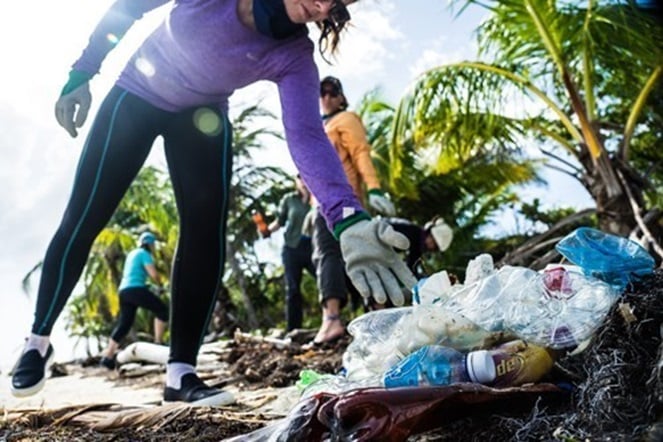
We are in the middle of a plastics crisis, and action is required to curb the damage our handling of this resource is having on our environment. In Europe alone, more than 25 million tons of plastic waste are generated every year, yet less than 30% of such waste is collected or recycled, and 85% of marine pollution is said to be plastic waste. Plastic waste exports to Turkey, Malaysia, Vietnam, Thailand, and Indonesia from EU countries continued at high levels in 2020.
The 2018 EU Plastics Strategy outlined the need for a legislative proposal on single-use plastics, to target reductions in plastic leakage to reduce its impact on the environment and on human health. The European Union focused on the 10 most commonly found plastic items littered in European coastal areas. After evaluating the potential pathways towards reduction, the EU passed in 2019 what has become known as the Single-Use Plastics Directive (SUPD), a holistic effort to “turn off the tap” of plastic pollution from land to sea.
What is the EU Single-Use Plastics Directive?
The EU’s SUPD is a wide-reaching piece of legislation that seeks to reduce marine plastic pollution. It requires EU member states to ensure manufacturers, producers, retailers, importers and sellers are all in compliance with such measures.

Specifically, the Single-Use Plastics Directive includes:
- Product bans: Outright bans apply for some single-use plastic items for which non-plastic alternatives are available, as outlined in Article 5 of the SUPD. Certain single-use plastic items like cotton bud sticks, cutlery (forks, knives, spoons, chopsticks), plates, straws, stirrers, balloon sticks, oxo-degradable plastics and expanded polystyrene (EPS) food containers and cups will be banned in the European Union from 2021.
- Design requirements: Article 6 sets out a target for manufacturers to use 25% recycled content in PET beverage bottles by 2025 and 30% in all plastic beverage bottles by 2030. In addition, product design measures stipulate that by 2024 container caps and lids remain attached (“tethered”) to the container during its lifetime, to reduce the caps ending up in the environment as litter and increase their recycling.
- Target for separate collection of plastic beverage bottles for recycling: Targets for the collection of plastic beverage bottles are described in Article 9, requiring member states separately collect 77% of single-use plastic bottles with caps and lids by 2025, with an ultimate target of 90% by 2029.
- Extended Producer Responsibility (EPR) obligations: According to Article 8, member states must establish their own EPR schemes by 2021. Producers of single-use plastic products such as food containers, packets and wrappers, beverage containers and cups, tobacco products with filters, wet wipes, balloons, and lightweight plastic carrier bags will be expected to cover the costs of waste management for these products. This includes the costs of awareness-raising measures and litter clean-up, transport and treatment.
- Awareness-raising measures: Other measures in the SUPD include a “measurable quantitative” reduction in the consumption of some single-use items (Article 4), labelling requirements to better communicate to consumers appropriate waste disposal, and several awareness-raising measures (Article 7).
While some regions have already had some of the SUPD’s components in place for several years, such as plastic bag bans, the SUPD may be the first legislation to incorporate a holistic group of measures as a single package. Given its wide reach and high targets, the directive can be described as a “market disruptor”, since it forces a prioritization of proper management of plastic products and waste across multiple product categories and an entire region. As a result, the SUPD has accelerated governments’ and businesses’ discussions about the shift from a linear take-make-waste production model to one that is more circular in nature: where resources are collected and recycled at their highest and best quality for as long as possible.
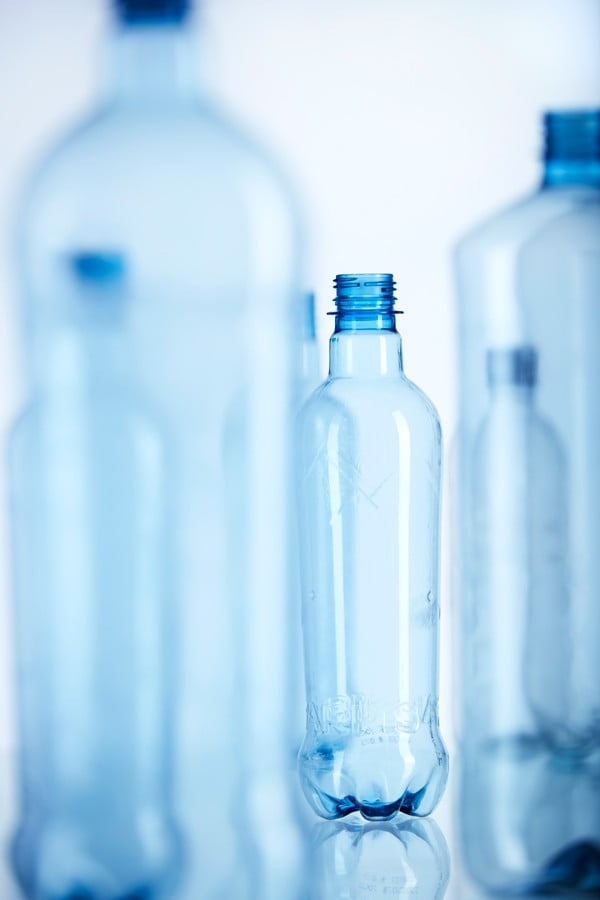
What led to the adoption of the EU Single-Use Plastics Directive?
With plastic pollution high on the global sustainability agenda, the European Commission created a circular economy plan to ensure resources could be more stringently and efficiently handled. Its failure in 2015 to pass, due to a perceived impact on the private sector, brought a backlash from non-governmental organizations (such as Greenpeace) and the business community, including Nestle, Unilever and P&G.
The Commission sought a much more firm and ambitious change to existing laws, and adopted the Circular Economy Action Plan later that year. It established concrete actions, with measures covering a product’s entire lifecycle: from production and consumption, to waste management and the market for secondary raw materials.
Flowing on from the Circular Economy Action Plan, lawmakers wanted to put additional focus on the top-10 most littered items in coastal areas of the European Union, in order to reduce ocean plastic. Their efforts resulted in the SUPD, which was proposed in May 2018, and entered into force on 2 July 2019 - with broad support and in record time, after just 13 months. Member states have had time to transpose and include the provisions of the SUPD into their own laws until 2 July 2021.
What products will be affected by the EU Single-Use Plastics Directive?
The SUPD is set to place wider market restrictions on member states when it comes to specific single-use plastic products. The products with restrictions placed on them already have readily available alternatives within the marketplace – it isn’t a case of completely removing products from existence, but more about using equivalent products with reusable and recyclable materials instead.
Single-use plastic products that will have restrictions placed on them under the directive include cotton-bud sticks (with medical-use exceptions), cutlery, plates, straws, stirrers and balloon sticks. These will all have to be banned from the marketplace from 3 July 2021.
Oxo-degradable plastics and expanded polystyrene (EPS) food containers and cups are also on the list of restrictions. Even though EPS is technically recyclable, it is far too expensive to make economic sense and alternatives already exist, while some of the most problematic products are oxo-degradable plastics. The use of these materials will also be prohibited in the same timeframes. The SUPD also creates legal precedent for member countries to implement the list and add other items they wish to ban at their own discretion.
As well as the bans on certain products, producers of specific single-use plastic products must pay into an EPR scheme.
EPR schemes cover the costs of collection, transport and treatment, litter clean-ups and awareness-raising measures for other single-use plastic items such as food containers, wrappers, beverage containers and lightweight plastic carrier bags. Paying into the EPR scheme comes as a large new expense across the 27 EU member states.
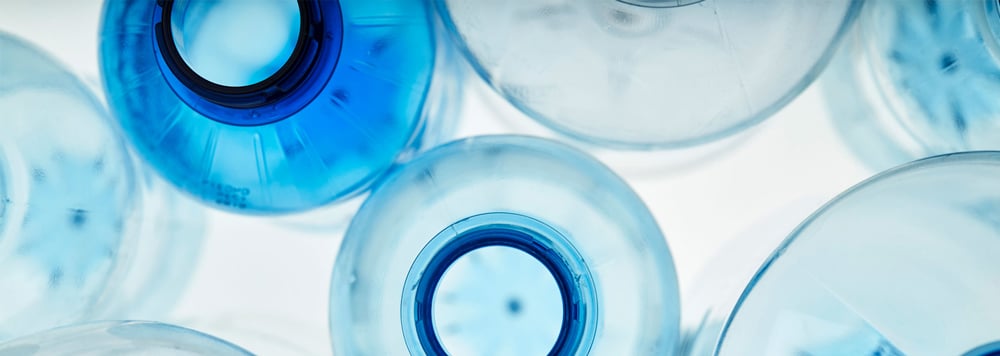
What does the EU Single-Use Plastics Directive mean for beverage bottles?
In an effort to meaningfully reduce leakage of plastic waste to the ocean, the SUPD incorporates a number of measures to capture and recycle beverage bottles more effectively, including:
• 77% of plastic beverage bottles must be collected separately for recycling by 2025, and 90% by 2029 (for all plastic beverage bottles up to 3 liters).
• All PET beverage bottles must incorporate 25% recycled content by 2025 and all plastic bottles must incorporate 30% recycled content by 2030.
• All single-use plastic beverage container caps and lids must be attached to the beverage container to ensure the entire product can be recycled and no material is lost during consumption (by 2024).
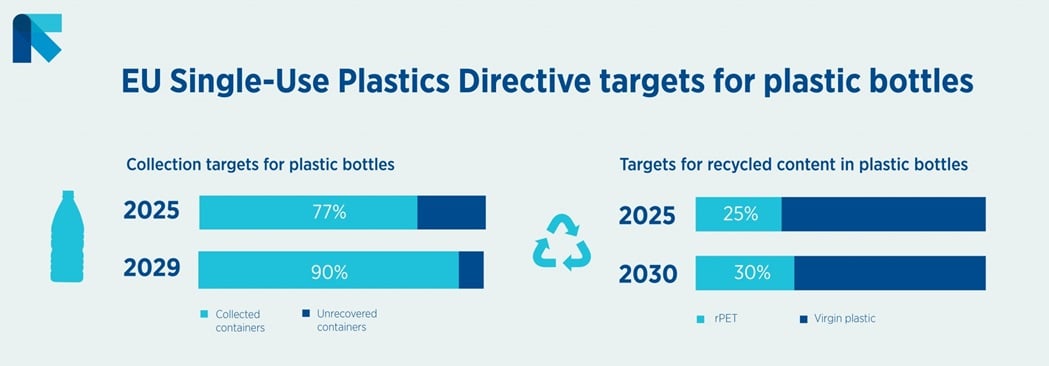
How can the EU Single-Use Plastics Directive collection targets for plastic bottles be achieved?
Experts say that it will be “difficult1 to impossible2” to achieve the targets set for the production and collection of beverage bottles without a deposit return system (DRS, also known as a container deposit system) in place. For example, the European average collection rate for plastic beverage bottles without a deposit is 47%, whereas European deposit systems collect 94% of eligible plastic beverage bottles.
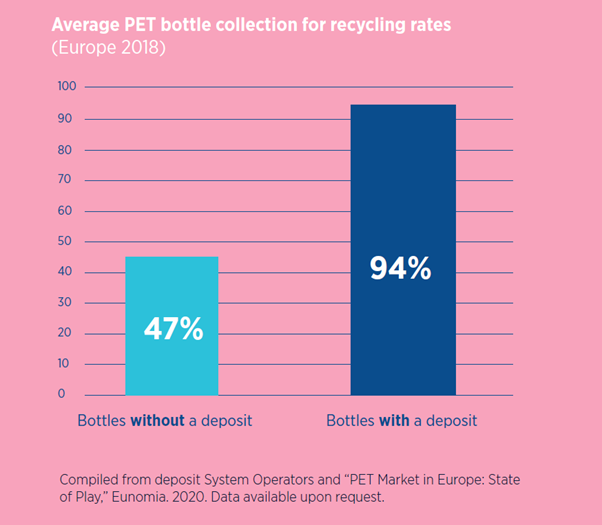
A DRS incentivizes the public to collect and recycle by placing a small deposit on the sale of beverage containers, which is repaid when consumers return them for recycling. Such a program has been shown to reduce beverage container litter. A comprehensive study by the Australian government found that beverage container litter as a proportion of all litter is 66% less in regions with a DRS than without.3
As a result, members of the business community have called for the adoption of deposit return systems across the EU as the most effective tool to achieve the SUPD’s 90% collection target. EFBW (European Federation of Bottle Waters, now known as Natural Mineral Waters Europe) and UNESDA (Soft Drinks Europe) believe that Europe will need highly effective packaging collection schemes to meet these targets, and that “well-designed deposit return schemes could hold the key”.
In addition, many producers see deposit return systems as a way to secure access to high-quality post-consumer material, to help achieve both mandated and voluntary recycled content targets. Material collected through deposit systems are separated by material type, which protects its quality and ensures it can be recycled back into food-grade quality applications like beverage and food packaging (also known as “closed-loop recycling”, and what TOMRA calls Clean Loop Recycling).
Coca-Cola European Partners SVP Public Affairs and Government Relations, Hans van Bochove, stated that, “Well-designed DRS would enable the EU to reach its collection targets for beverage bottles faster – and would also secure the food-grade quality rPET [recycled PET] that our beverage industries need. In delivering closed-loop recycling, DRS would also reduce the quantity of virgin materials needed – thereby lowering the EU’s CO2 footprint and contributing towards its climate objectives.”
Lithuania is an example of the impact a DRS can have. Prior to implementing DRS, the collection rate for beverage containers was 34%. But at the end of its first year of operation (end of 2016), the DRS had a return rate of 74%, followed by 92% at the end of its second year – a vast improvement in a short period of time.
To adhere to the SUPD, several regions will implement or expand deposit return over the coming years. The Netherlands will expand its existing DRS by including small single-use plastic bottles under 1 liter on 1 July 2021, and cans on 31 December 2022. Germany (which already has 97% collection of PET) is also expanding its DRS in 2022, by including additional beverage types (fruit and vegetable juices in plastic bottles and cans, and milk related-drinks packed in plastic bottles and cans, by 2024). This is on top of the 10 European countries that already have a DRS in action.
Guidelines on single-use plastics
The EU Commission published in May 2021 the guidelines on single-use plastics, which aim to ensure the requirements of the Single-Use Plastics Directive are applied correctly and uniformly across the EU. The guidelines provide key definitions for the Directive and examples of products to be considered as falling within or outside its scope.
• Only plastic beverage bottles over 3 liters and reusable plastic beverage bottles are excluded from the scope of the Directive.
• A cardboard or paper-based product to which a plastic coating or lining has been applied is considered as made partly from plastic and falls under the scope of the Directive. This includes beverage cartons, which are considered composite beverage packaging.
• A clear definition of reusable products is provided, whereby a product is reusable, if, among others, there is a clear intention that the package be reused (i.e. purposely designed, conceived and placed on the market). The package can be reconditioned, cleaned, washed or repaired, while maintaining its ability to perform its intended function. The guidelines also specify that arrangements are in place to make reuse possible.
Sustainable thinking to create a better tomorrow
"The EU Single-Use Plastics Directive is designed to meaningfully reduce single-use plastic waste across member states in a comprehensive manner," said Wolfgang Ringel, Senior Vice President Governmental Affairs, at resource sustainability company TOMRA. "The legislation accelerates a shift in mindsets from governments, businesses and consumers on how society approaches single-use plastic, ensuring more material stays within a closed loop and out of the oceans and environment. When historians look back, the passage of the Single-Use Plastics Directive may be seen as the moment when society finally turned the tide on plastic waste and tipped the scales in favor of a circular economy."
1 “A Deposit Refund System for the Czech Republic,” Eunomia. 2019.
2 “PET Market in Europe: State of Play,” Eunomia. 2020.
3 “Understanding the effects of marine debris on wildlife,” CSIRO. 2014.
Image credit first image: Sophie Dingwall, eXXpedition
Contact TOMRA if you have any questions, need additional images or would like to arrange to speak to the TOMRA team.